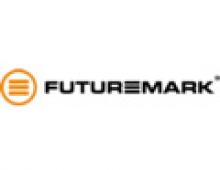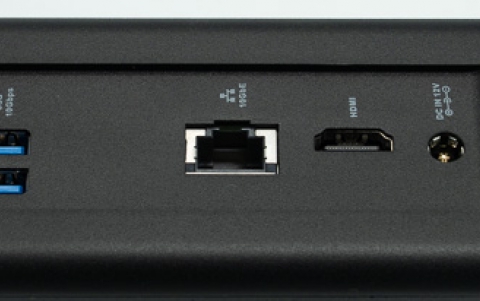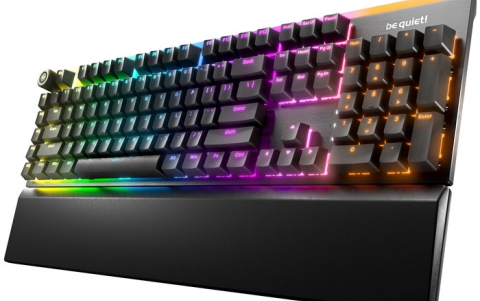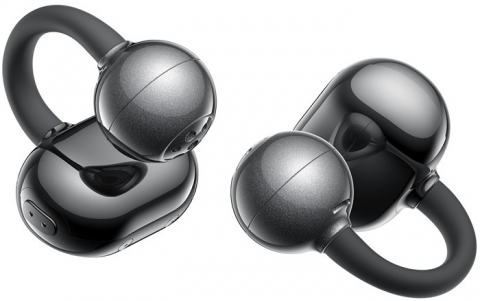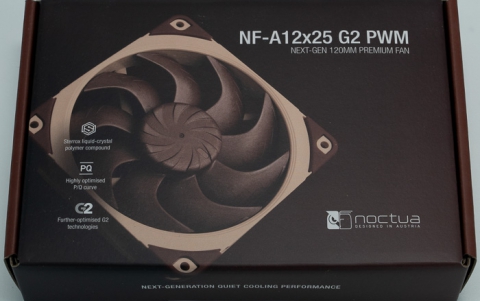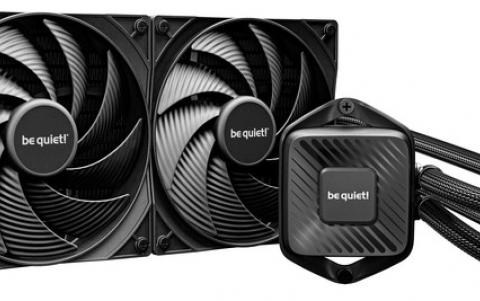
Futuremark Develops New 3DMark for Windows 8 Devices
Futuremark is developing a new version of 3DMark, the company's flagship benchmark for gamers. 3DMark for Windows 8 is designed for gaming performance measurement and comparison across all Windows 8 devices from tablets and notebooks to high-end desktop gaming systems.
 The announcement was accompanied by a concept image for the new benchmark showing an elemental rock warrior brandishing two blazing swords.
The announcement was accompanied by a concept image for the new benchmark showing an elemental rock warrior brandishing two blazing swords.
"With Windows 8 gamers will be able to enjoy their games on a wide range of devices from lightweight tablets to heavy-duty desktop rigs. Faced with so much choice it will be hard to work out which devices offer the best value for money. Fortunately 3DMark for Windows 8 will be our most wide-reaching 3DMark ever, able to accurately measure and compare gaming performance across all devices and graphical feature sets available with Windows 8," Futurmark said in a statement.
The new benchmark measures and compares gaming performance on all Windows 8 devices. It features a real-time scenes stress test all levels of hardware, it supports both x86 and ARM-based architectures and it Can be used in both Metro UI and 'classic' Windows environments.
Currently in development, the software is expected to be released in 2012
 The announcement was accompanied by a concept image for the new benchmark showing an elemental rock warrior brandishing two blazing swords.
The announcement was accompanied by a concept image for the new benchmark showing an elemental rock warrior brandishing two blazing swords.
"With Windows 8 gamers will be able to enjoy their games on a wide range of devices from lightweight tablets to heavy-duty desktop rigs. Faced with so much choice it will be hard to work out which devices offer the best value for money. Fortunately 3DMark for Windows 8 will be our most wide-reaching 3DMark ever, able to accurately measure and compare gaming performance across all devices and graphical feature sets available with Windows 8," Futurmark said in a statement.
The new benchmark measures and compares gaming performance on all Windows 8 devices. It features a real-time scenes stress test all levels of hardware, it supports both x86 and ARM-based architectures and it Can be used in both Metro UI and 'classic' Windows environments.
Currently in development, the software is expected to be released in 2012


